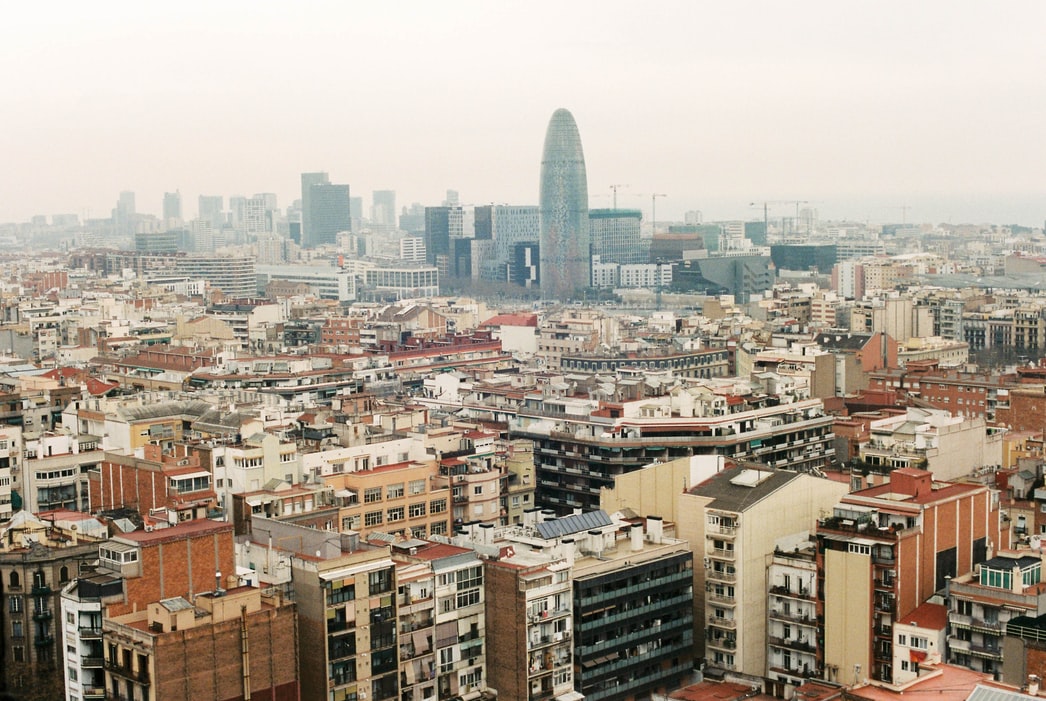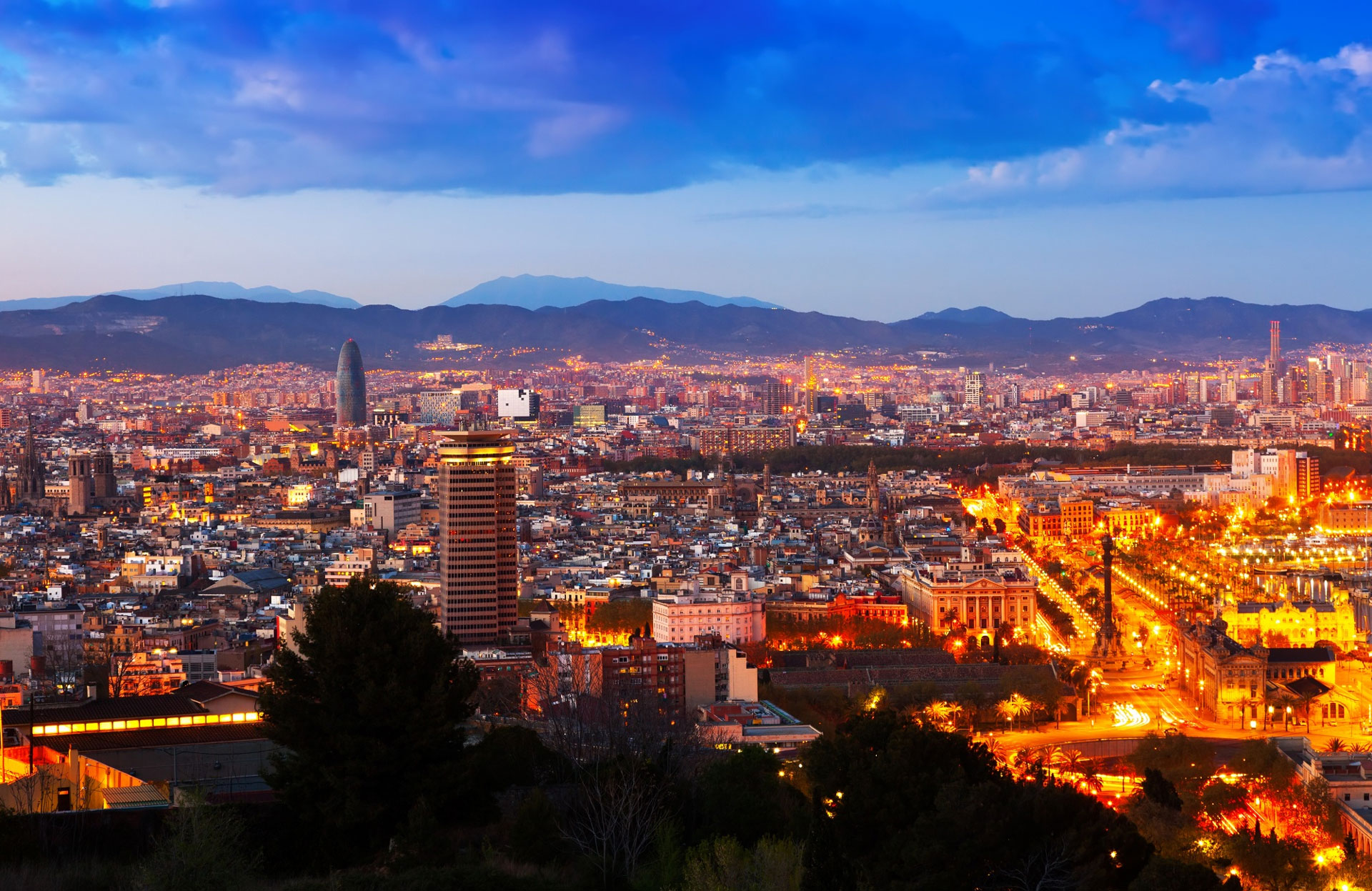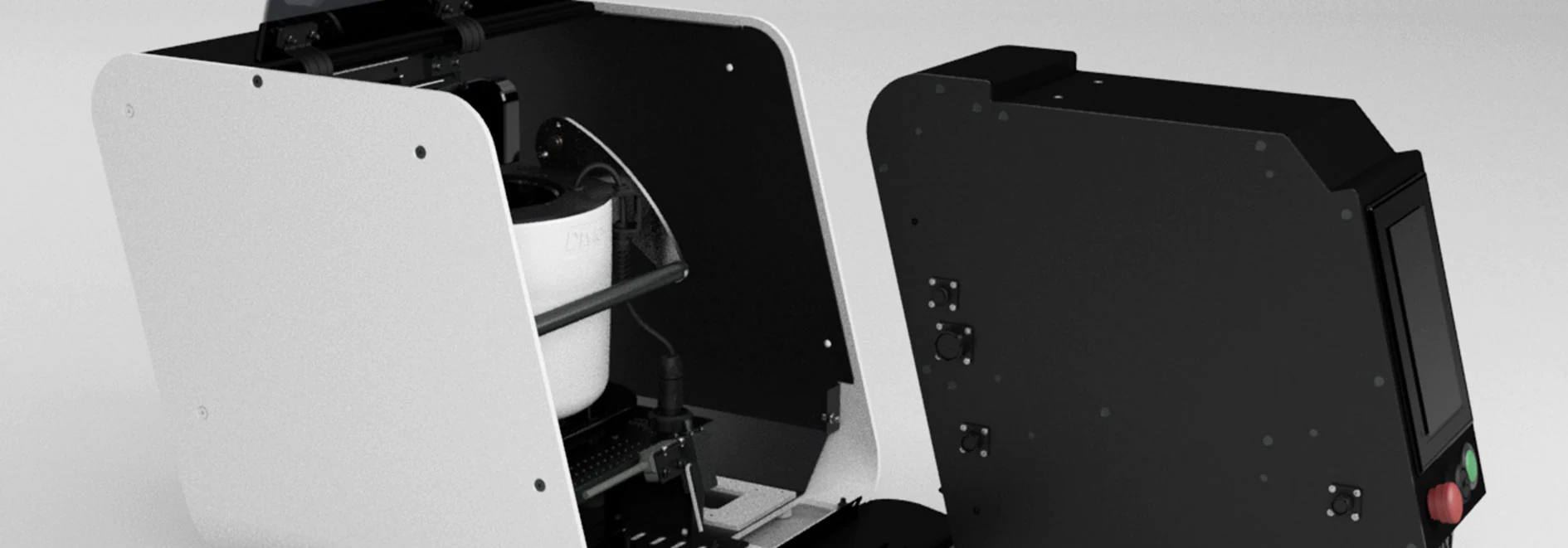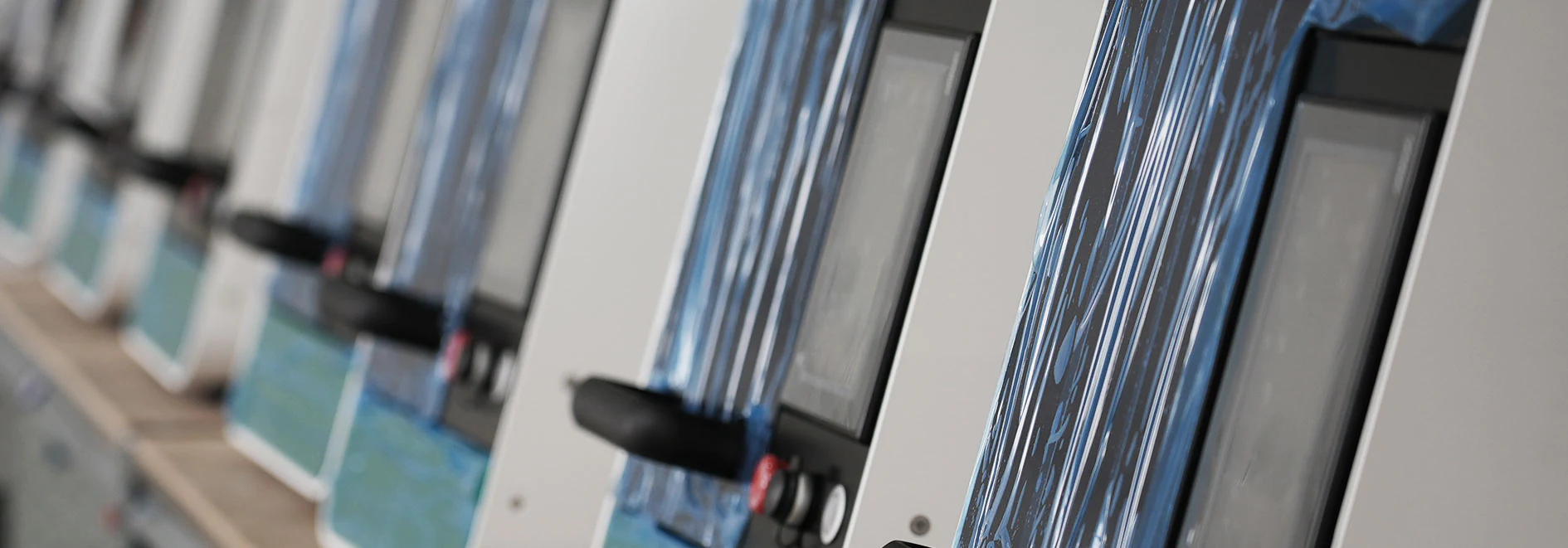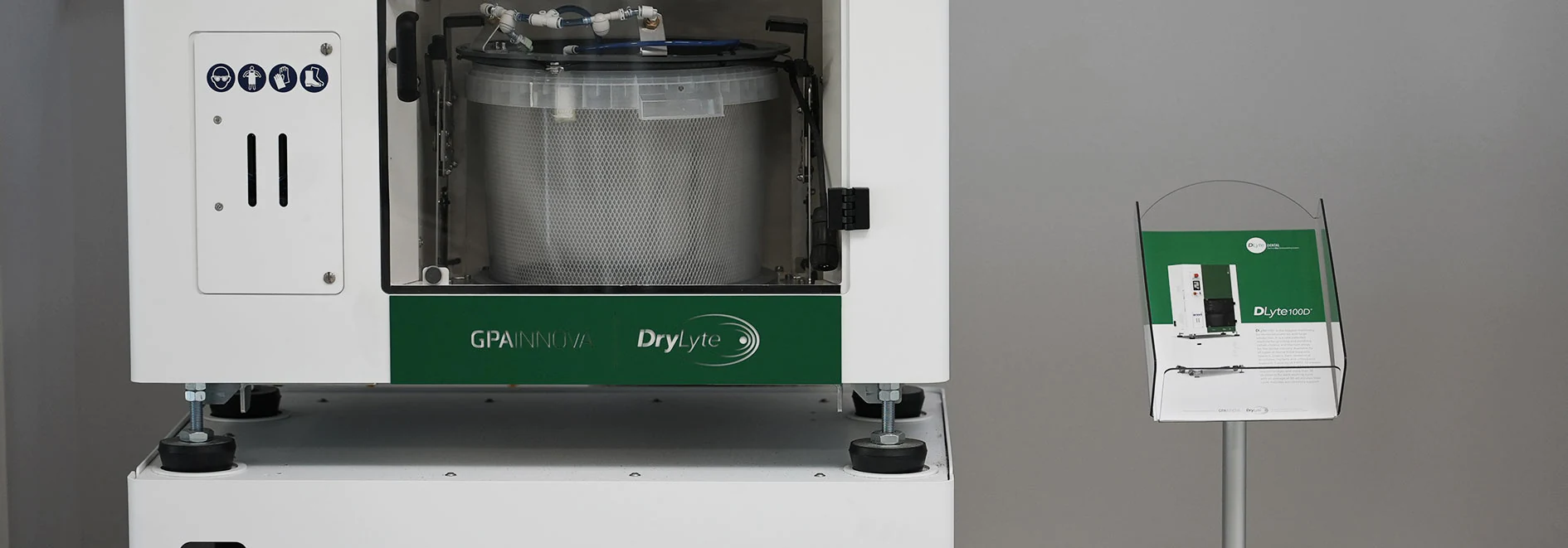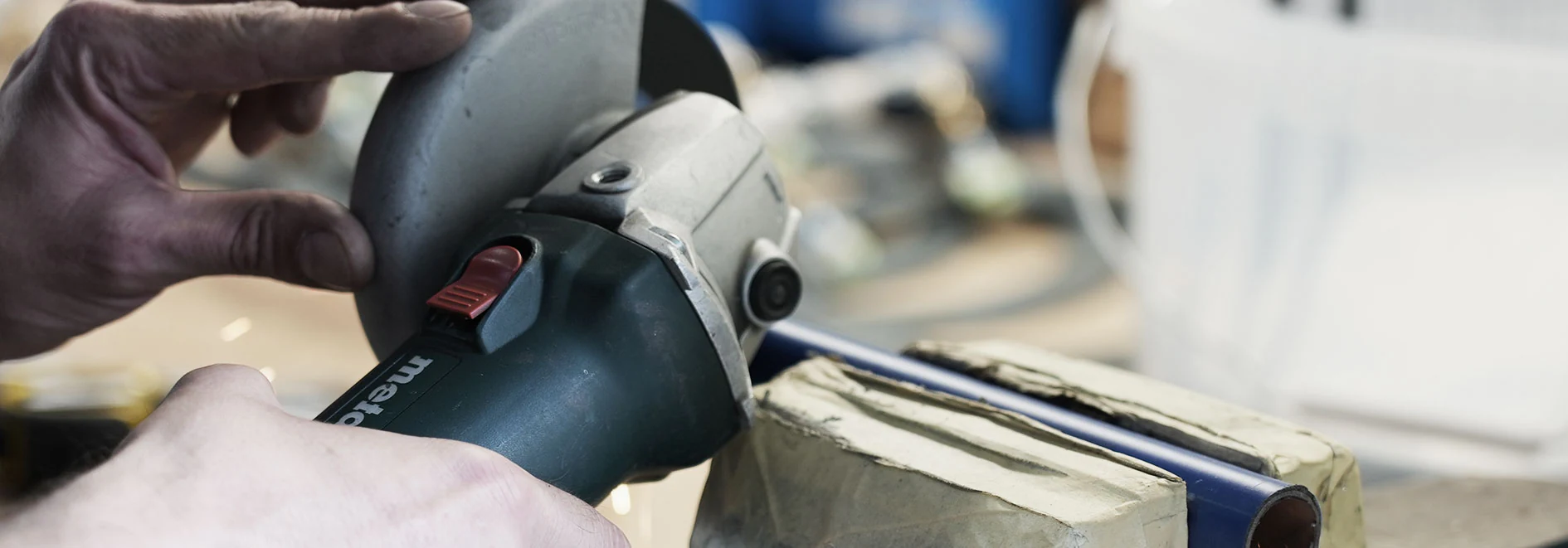GPAINNOVA is heir to the long industrial tradition in the city where it was born: Barcelona, a pioneer in this field in Spain since more than three hundred years ago. The origins of this episode are found at the beginning of the 18th century, when primitive industries were installed in the Raval area, due to the proximity to the port and the availability of space (the quarter was dotted with convents and farms). The most important one was Erasme de Gònima’s factory (1783), the largest of its time, specialized in the manufacture of yarns and Indian fabric prints, the so-called indianes. During those years, a hundred factory-houses dedicated to making indianes came into operation in the current district of Ciutat Vella.
Industrial tradition

The Steam Revolution in Barcelona


The Industrial Revolution in Barcelona began in 1832, when the factory Bonaplata, the first factory to work with steam engine in Spain, was inaugurated. Although its facilities ended up being destroyed three years later by arsonists, it was a milestone which initiated the modern industry in the Catalan capital city. Later on, the first large metal companies, in charge of the construction of steam engines, were settled in the fishing district of Barceloneta, located very close to the port. This place also hosted the first Spanish coal gas producer (1840) and the one that would become the main metal transformation company in Catalonia: La Maquinista Terrestre i Marítima (1855). This society would produce the first locomotives manufactured entirely in Spain.
After the demolition of the city’s walls (1854) and the construction of the Eixample neighborhood (1859), some of the largest companies settled in the municipalities around the city, in search of water resources and low-cost lands. Former towns that were independent until 1897 and then annexed to Barcelona city, such as Sant Andreu —the district in which GPAINNOVA is currently located—, Sants, les Corts or Sant Martí de Provençals, were filled with factories that transformed the local economy. Concerning this neighborhood, during the first Universal Exhibition in Barcelona (1888), it hosted 243 factories, which formed the largest complex of companies in Spain. This fact explains why the area was popularly known as the Barcelona’s workshop or the Catalan Manchester.
The main milestones of the time were the inauguration of the Catalan Gas Lighting Society in 1843, which offered lighting to private customers, as well as the creation of factories such as El Vapor Güell or Vapor Vell (1846), La España Industrial (1851), Can Batlló (1878), Fabra & Coats (1903), in the Sant Andreu neighborhood; the Hispano-Suiza (1904), a forerunner of the automobile industry in Spain, or the Ebro Irrigation and Power Company Limited (1911), better known as La Canadenca (see the picture), where a strike held in 1919 would led Spain to be the first place in Western Europe to adopt the eight-hour workday.
From the 20th Century to the Post-industrial Era
In 1936, the outbreak of the Spanish Civil War forced the conversion of some emblematic factories into war industries. Despite the fact that many of them had to close due to the shortage of raw materials, a large part of the industrial fabric recovered after this episode. Despite the harshness of the postwar period, Barcelona and its metropolitan area were yet one of the main industrial centers in Southern Europe, with key moments such as the inauguration of the SEAT vehicle manufacturing plant in the Zona Franca (1950).
The beginning of the end of the massive manufacturing presence in Barcelona came in the 1970s, with the oil crisis and the industrial reconversion that started in the United Kingdom, which would affect all the European regions. Since 1980, many factories in the province of Barcelona disappeared, especially due to the relocation of companies outside the country. At the beginning of the 1990s, the Poblenou neighborhood, in the Sant Martí district, was hosting about 1,300 companies, only a quarter of those that were active in 1960. It was then that several local associations, entities and organizations decided to save some iconic industrial buildings.
This will would be the seed of the 22 @ district, created in 2000 as a proposal of the Barcelona City Council to transform two hundred hectares of industrial land in the Poblenou neighborhood, to equipped them with modern facilities which allow a strategic concentration of knowledge-intensive activities.
GPAINNOVA was created thirteen years later (2013) in a context of a long industrial tradition in Barcelona and betting on activities with high added value and R&D. Since 2017, its headquarters are settled in Bon Pastor, one of the five industrial areas of the Eix Besòs, a hub that brings together 750 industrial companies, forming one of the most outstanding centers of activity and know-how in Barcelona.
